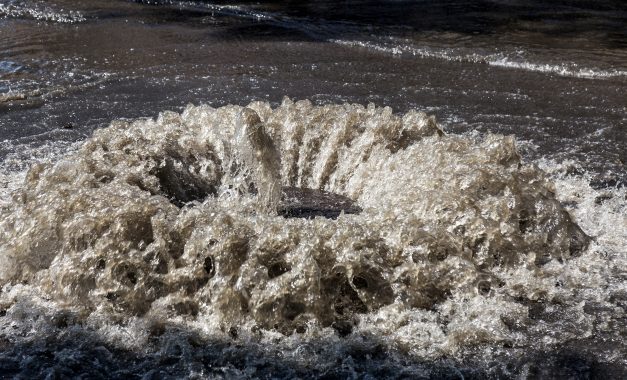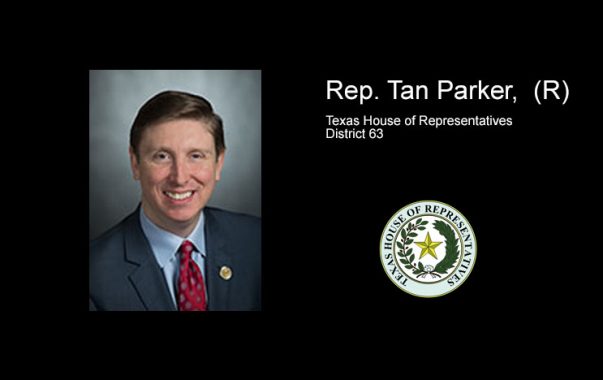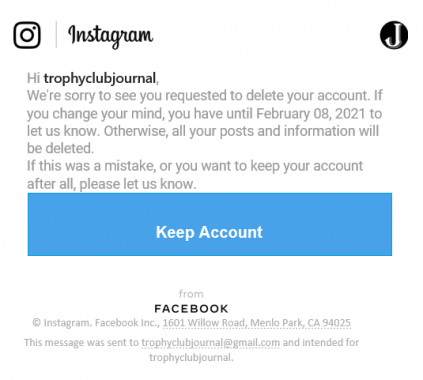Is the TCJ biased? Do you have an axe to grind?
No.
But we have published scathing articles about certain political figures in Trophy Club and that doesn’t sit well with them or their supporters. They are quick to make false straw-man arguments that because we published an article against their candidate, then we must therefore support the opposing candidate.
This is completely false and such accusations are made for political purposes to boost their candidate and discredit the Trophy Club Journal. The Trophy Club Journal doesn’t support any candidate for office and will publish relevant information about any candidate.
Furthermore, all of the candidates in this current election cycle have condemned the Journal for our reporting of information that they believe was too personal and inappropriate.
The TCJ has no vested interest in any candidate or in opposition to any candidate. We report factual, verifiable information only. If such information is detrimental to a particular candidate then the fault lies with the candidate, not the TCJ.
Can I submit content to the TCJ?
Yes. The Trophy Club Journal will accept third party content for publication as a guest contributor. Writers must follow our journalistic standards and all content must be approved before publication.
Contact Editor@TrophyClubJournal.com for more information.
Who owns / operates the TCJ?
The Trophy Club Journal is the property of Trophy Club Media Co. which is owned and operated by Michael E. Pipkins.
Michael is an experienced webmaster and publisher and has been in publishing since 2012. The Trophy Club Media Co. has both online and print publications.
What are TCJ ethical standards?
The Trophy Club Journal has a general ethical standard to only publish facts that are verifiable and provable.
We endeavor to separate our personal opinions and emotion from the content we produce.
However, we often report on persons or events that are often controversial and less than flattering to the subject of the story. This is a result of the content related facts and is the result of the subjects involvement with the content, not our opinions on the matter.
The short version is that sometimes bad people do bad things. The TCJ is the messenger of the events … not the cause of them.
Does TCJ use drone footage?
Neither the Trophy Club Journal or the owner of the Trophy Club Journal has ever operated or owned a drone.
However, we may on occasion contract with a third party (family member) to provide us with drone footage. When utilized, the drone would maintain flight at sufficient altitude to not cause a disturbance.
We contract only with licensed drone pilots who obey all laws and regulations.
How does TCJ use submitted or editorial photography?
The Trophy Club Journal may use imagery obtained from third parties or from various public sources and use those images in related content.
The TCJ follows the “Fair Use” doctrine.
Fair use doctrine in the law of the United States that permits limited use of copyrighted material without having to first acquire permission from the copyright holder.
Fair use is one of the limitations to copyright intended to balance the interests of copyright holders with the public interest in the wider distribution and use of creative works by allowing as a defense to copyright infringement claims certain limited uses that might otherwise be considered infringement.
Examples of fair use in United States copyright law include commentary, search engines, criticism, parody, news reporting, research, and scholarship. Fair use provides for the legal, unlicensed citation or incorporation of copyrighted material in another author’s work.
How does TCJ handle taking photographs?
The Trophy Club Journal attends many public events and gatherings in order to promote the event and foster a better community. At these events we may take photographs and video of events, adults and children. It is at post-processing and pre-publication where the decision is made on how to use the imagery gathered.
Typically images are broken down in to three categories. Wide shots, Medium shots and Close up shots. The wide shots are intended to identify the venue time and place and capture the broad picture of the event. In this view most people, including children are not easily identifiable. We often use these images in our content without reservation.
In medium shots faces are likely discernible. These shots might include people that are engaging in conversation, sports or action related activities. At this distance images of children would not be published without permission from the parent or guardian. We may publish images of adults without permission … however, if requested to remove an image we would honor that request.
In close up shots a person is presumed to be identifiable if the face is visible. This is generally some sort of portrait style of photography or images of a person giving a speech. For these images the TCJ would ask the subject for permission to take the photograph or video. A nod or an intentional pose for the camera would be considered permission and just as valid as a verbal “yes”.
In all situations our goal is to be respectful of others and when requested we will not use the photograph for publication. However, there are some exceptions where we may choose to publish a photograph or video without permission.
Any image taken withing the Town Hall or any other meeting where official town business is conducted is subject to use, without permission from the subject. This includes any public official, employee or private person attending the event. Images of children would not be published without permission of the parent or guardian unless the image is a wide shot where identification is not likely.
What sources does TCJ use?
The Trophy Club Journal only publishes content that is verifiable and/or double sourced.
Verifiable content is when there is physical documentation to back up the story. This would also include documents received from government sources obtained through an Open Records Request (ORR). We presume all documents received via an ORR to be accurate on their face.
Double sourced information means information where two or more persons have witnessed an event and independently recall the events in a corroborating fashion.
The TCJ does not publish content where there is a single source of information. We also do not publish content where the 2nd source is hearsay and not direct knowledge.
What are Press “Credentials”
Press “credentials” are the identification cards used by employees of the Trophy Club Journal. They show that the person is an actual employee, and a member of a specific trade organization(s).
These credentials are often (but not always) required by some entities such as concert venues, conventions & government press conferences in order to gain what is known as a “Press Pass”.
The Press Pass is simply a temporary ticket to the private function areas of that specific venue. These might include photo pits, backstage areas and green rooms.
Does the TCJ respect “Off the record” comments?
Yes. 100%.
If you ask for your comments to be off the record, or to have your comment made on the record but to remain anonymous, we will respect your decision 100%. We will not divulge your identity.
However, it should always be understood that if the Trophy Club Journal is presented with a legitimate court order, signed by a judge, we will have no recourse but to comply.
How can I identify when someone works for TCJ?
All employees of the Trophy Club Journal are required to wear their identification badges when engaging with the public.
The identification will have a black bar with the words, “The Trophy Club Journal” at the top. It will have the employees picture on the left side, their name, a physical description of them (Height, weight, age), and will have the word “PRESS” written vertically on the right side. It will be laminated and have an embossed holographic image on the face.
The reason for wearing identification in public is so that when an employee has a conversation with someone, it will be understood that the conversation could be on the record.
We wear identification so that the public sees we are legitimate, professional and transparent.




